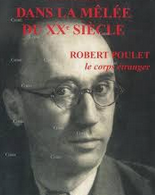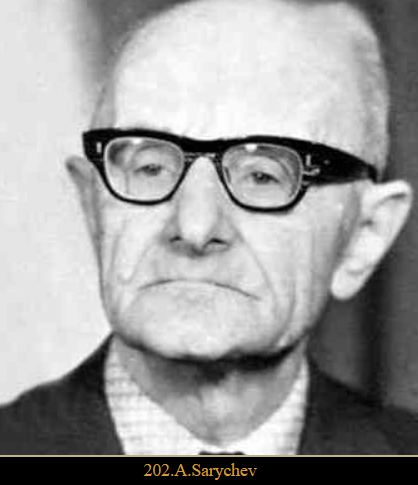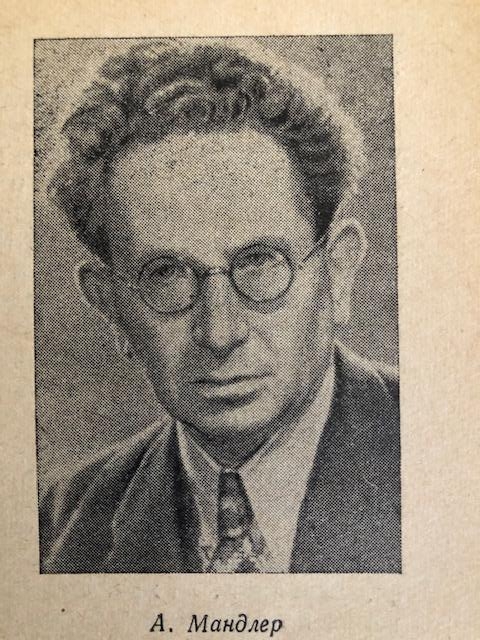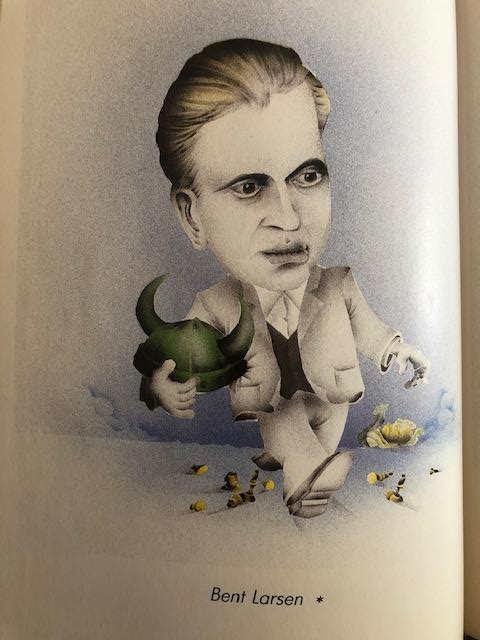There were few freezing problems for this Candlemas course (as of Shrove Tuesday!), the switch to Team Viewer 14 seems to be bearing fruit.
Still the same audience reduced to the hard core with nevertheless a furtive Pierre replaced by Han at short notice.
Here is the detailed (and animated) report of this master class.
Master's word
 "Fundamentalists often defend theses that I deplore, but a remnant of spiritual health makes them sense the horrible, fluffy concentration camp that benevolent bureaucracies are preparing for us, and their revolt seems to me more respectable than our somnolence. At a time when everyone is crowing about dissidence and marginality, while showing a bewildering mimetic docility, fundamentalists are authentic dissidents" (R. Girard in 1994).
"Fundamentalists often defend theses that I deplore, but a remnant of spiritual health makes them sense the horrible, fluffy concentration camp that benevolent bureaucracies are preparing for us, and their revolt seems to me more respectable than our somnolence. At a time when everyone is crowing about dissidence and marginality, while showing a bewildering mimetic docility, fundamentalists are authentic dissidents" (R. Girard in 1994).
"It is the misfortune of the age, that fools lead the blind" (Shakespeare).
"I will believe in progress when I am shown one of our contemporaries who is wiser, more intelligent and more noble than Aristotle, Marcus Aurelius and Thomas Aquinas" (R. Poulet).
"The ignorant asserts, the learned doubts, the wise reflects" (Aristotle). -- As for me, I reflect little, I doubt more and more often, but at least I affirm... less and less!
The joy of understanding has always appeared to me as the essential element of the chess passion, largely supplanting the joy of winning. Except in a short period (1986-1988) where I had to put it on the back burner, transforming myself into a kind of scoring machine, in order to finish with this damned IM title. On the other hand, when the athletic performance drops off, as it inevitably does at some point, this essential joy remains. And even increases.

Our first study shows a rescue by self-enclosure. A restored version of a 1961 study, illustrating an even earlier idea. Then a new variation on the well-known theme: "as far as possible?" embellished by a nailing pattern. Then a short but convincing domination.
Beauty and depth: this is how J. Beasley characterises Artur Mandler's style. 
How does a simple move of the white king, from c3 to c4, completely change the play? Also, don't fail to appreciate the twins (commentary on White's 3rd move): why the refutation of 3 Ke3? doesn't work on 3 Kd3? and vice versa; this is precisely the "Mandler theme". In this case, when he is on e3, he suffers an embarrassing check on e6 but when he is on d3, he is too far from f4. In short, 4 studies in one!
Exercises for next time: a black rook, facing 2 knights and a bishop, has only to sacrifice itself against the latter, but will not succeed. Then an exercise of technique in pawn endgame: hardly difficult, but a succession of 13 unique moves. Finally a festival of heavy pieces.
A curious adventure which could have cost a former world champion dearly. Consequence of the necessity to play for the win at all costs, whereas nothing justifies it, except the obligation, in an interzonal, to beat the smallzélos.

The game of the day is psychedelic. A Black King is on g5, in the presence of all the heavy forces, but his best square was... h3! The great Bent's opponent missed the win, then the draw, but it doesn't matter: he contributes with him to the creation of a masterpiece. At the 42nd move, there is still to play, but it is understandable that White, from "stag" (the meaning of his Slovenian name), has become... goat! What a game! In the suite 31...Kg4!!, do not miss the echo of the wQ-wR-bK trio at move 36. A Nightrider and a Rose (the connoisseurs will understand)!
In the fairy section, a tribute to our master clerk, the king's maker ! It is funny that the inventor of the genre we are illustrating is a compatriot of the co-hero of the day's game, which was not at all premeditated. And that the Nightrider-Rose echo is found, in 2 other fairy problems, with a Nightrider d1 and a Rose... d1, which was not more so!
Training: 12 mates in 2#, several of which are not obvious, but the 3rd ("aristocratic", as they say, as well as the 2nd, i.e. without any pawn on the diagram) seemed to me the most difficult. The "Chep" one was presented at the 2018 Slovakian Championship. The very last one is an amazing blockade.
A recent French 3#, very spectacular. The other 3# mats are easier, but also entertaining. The 4# offers 3 nice and original model mats. The 5# (an Indian, but with which Bishop?) was proposed at the 1989 World Championship. Resting with the mate in 7.
The helpmate 2# (with twin) is almost an echo-chameleon. Abdu's problem is a duplex, i.e. there is also a 2-move helpmate where Black mate: a white move, a black move, a white move and then Black's mate. The Romanian helpmate is in a version by yours truly. I would also prefer to add a bPd3 and that there are only 3 solutions. What do you think?
The 3# helpmate shows us the endgame grandmaster in an unusual role. Finally a selfmate 4# from Nice, neither very easy nor really difficult.
Have a good time. See you in March. Idzcie z Bogiem.
Add a comment